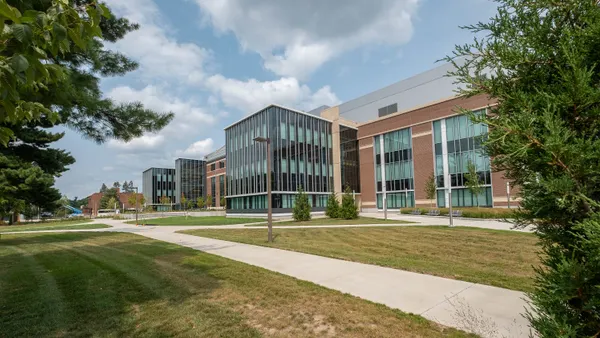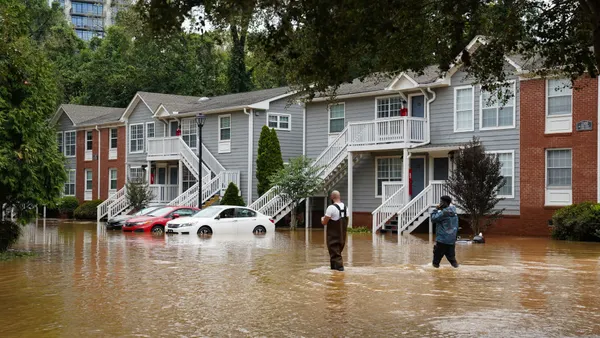Dive Brief:
-
Additions to single-family homes that increase their square footage considerably — a process called zero-lot-line development, or mansionization — has destroyed as much as 55% of Los Angeles County's urban forest, the San Gabriel Valley Tribune reported.
-
Researchers from the University of Southern California noted decreases of 10% or more in green space across the region’s 20 biggest U.S. cities from 2000 to 2009.
-
Each mansionization project reduced the existing green space on the lot by one-third.
Dive Insight:
The report follows a recent decision by Los Angeles City Council to reduce the size of single-family units on lots smaller than 7,500 square feet. Council members determined that the city's Baseline Mansionization Ordinance, which dates to 2008, might not be strict enough to prevent houses from overwhelming lots. The new rules cut the allowable floor areas for new homes in the category from 50% of the lot to 45%.
While mansionization can physically overwhelm lots, the process can also degrade the area by replacing trees, grass and landscaping with hardscape, the report’s authors told the San Gabriel Valley Tribune. That green space is needed to moderate greenhouse gases, and its absence can result in higher temperatures, more difficulty managing stormwater run-off, less shade and generally lower environmental quality.
Nationwide, however, single-family homes are getting smaller. While the average single-family home's footprint is 11% above its cycle low, the average square footage is expected to continue its decline as the market shifts its focus to creating more affordable units and as builders downsize their offerings to cater to younger, first-time buyers in search of affordable starter-home properties.
An uptick in new, smaller units could help ease pressure on tight inventory, particularly on the lower end of the market, by bringing more homes online to meet growing demand.













